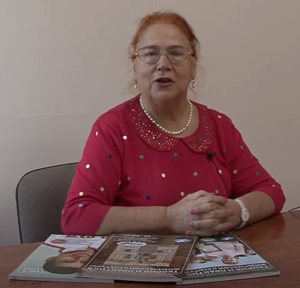Results of comparative monitoring of physical fitness of first and secondyear male students with GTO standards
ˑ:
Dr. Hab., Professor V.P. Guba1
PhD, Associate Professor V.V. Presnyakov2
PhD, Associate Professor A.V. Solodnikov3
1The Russian University of Sport «GTSOLIFK», Moscow
2Moscow State University of Sports and Tourism, Moscow
3Smolensky State University, Smolensk
Keywords: physical fitness, physical development, physical fitness, higher education, students, TRP standards, physical culture, sports.
Introduction. Assessment of physical fitness of undergraduate students of Russian universities can be used to monitor health, increase motivation to engage in physical education and sports, comply with state standards and prepare for professional activity. In recent years, there has been a reduction in the workload of physical education in public higher education institutions. Instead of two or three practical classes per week, only one class is currently held. This raises concerns about the level of physical fitness of modern students, therefore, an assessment of its condition is very relevant [1, 2].
The purpose of the study is to assess the physical fitness of junior college students using TRP tests.
Methodology and organization of the study. More than 100 young men of the 1-2 courses of Smolensk State University took part in the scientific work, including physical fitness testing.
The results of the study and their discussion. It was revealed that the results of the height and weight of male students are 180.1±0.94 cm and 76±1.98 kg, respectively, and the standard error of the latter parameter indicates a significant spread of values in our sample, which range from 52 to 114 kg. Physical fitness indicators in the 100 m run have a result of 15.34 ± 0.23 s, pull–up on the crossbar - 7.6 ± 0.96 times, running at 3000 m – 15.8 ± 0.33 min. Comparing the results obtained with the standards of the TRP of the 7th stage, it can be noted that for all the studied indicators, students demonstrate results below the level of the bronze badge, which may indicate an insufficient level of physical fitness.
Conclusion. The physical fitness of junior college students with only one practical lesson per week in physical education indicates the need to review physical education programs in educational institutions, since insufficient physical activity leads to a decrease in their physical qualities, as well as negatively affects their academic performance and general life activity. Increasing the number of hours of practical physical education classes will help not only improve the physical fitness of students, but also contribute to the formation of a healthy lifestyle, which is especially important in the modern educational system.
Literature
- Guba, V.P., Kulishenko, I.V., Konovalov, V.V. and Presnyakov, V.V. (2019) 'Tekhnologiya vnedreniya v sistemu obrazovaniya sportivnogo kompleksa GTO [Technology of introducing the GTO sports complex into the education system]', Zdorov'ye dlya vsekh, 1, pp. 21-27.
- Sheenko, E.I., Berdysheva, E.V., Demina, K.B. and Golubev, D.V. (2024) 'Kharakteristika fizicheskoy podgotovlennosti yunoshey - studentov vuzov [Characteristics of the physical fitness of young male university students]', Izvestiya Tul'skogo gosudarstvennogo universiteta. Fizicheskaya kul'tura. Sport, 2, pp. 42-48.


